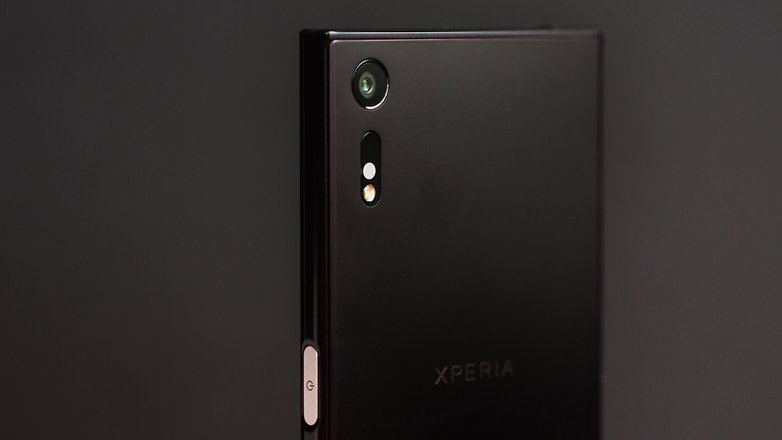Sony Xperia XZ camera
The main camera has a resolution of 23 megapixels, with which Sony bucks the trend toward lower resolution image sensors. But this news can't be that bad because some features ensure that the camera provides high-quality images. The autofocus works by anticipating subject movement, which should make it easier for sharp focus when photographing a moving subject. In addition, the electronic image stabilization ensures a less shaky video. Video recording of up to 4K resolution is possible.

Many camera features are already familiar from previous generations of Xperia smartphones. Sony has incorporated an additional sensor for ambient light. This measures the color temperature of incidental light and thus offers better adjustment to the white balance. This function sounds very useful but it was barely noticeable in our test.
Selfie fans can be happy with the front-facing 13-megapixel snaps. This should fall in the mid-range level for main cameras. The focal length of the lens is 22 millimeters (35 mm equivalent) – with that, the lens is considered wide angle. In fact, selfies with the Xperia XZ look really good.

In the detailed test, the Xperia XZ's camera was quite good but there were also some pitfalls. They lurk in the app: upon delivery, the resolution was set to 8 megapixels (as opposed to 23 megapixels) in our test device. Only a close look in the settings will show this. Sony says this setting has been used to allow for the 5x digital zoom.
Once this hurdle has been overcome, the XZ snaps some really good and detailed pictures in so-called "superior auto" mode. The wide-angle lens provides for slight distortion at the edges, which can be annoying depending on the subject. Compared to the Galaxy S7, the colors are less prominent, which is not necessarily negative. In our comparison photos, the XZ is better than the Galaxy S7 for some details but the S7 makes sky sections visibly more beautiful in landscape shots. With macro shots, there is hardly any difference between the XZ and the S7 but the automatic exposure settings of the two cameras are different. There's not much to see in the test photos aside from improved white value detection.
In sub-optimal lighting conditions, the XZ came last in our comparison with the Nexus 5X, the Google Pixel and the Galaxy S7. however, there were some good details here and there that make the XZ well-equipped – especially for red image elements. The competition presents greater detail in most of the other areas, while the XZ smoothes over and filters away many image details.
In the camera app's manual mode, the exposure settings can be adjusted manually. However, it isn't so obvious that the ISO value isn't adjustable via the controls on the screen but can only be changed deeper in the menu. Therefore, it's possible only to adjust the settings to a limited extent.
No comments:
Post a Comment